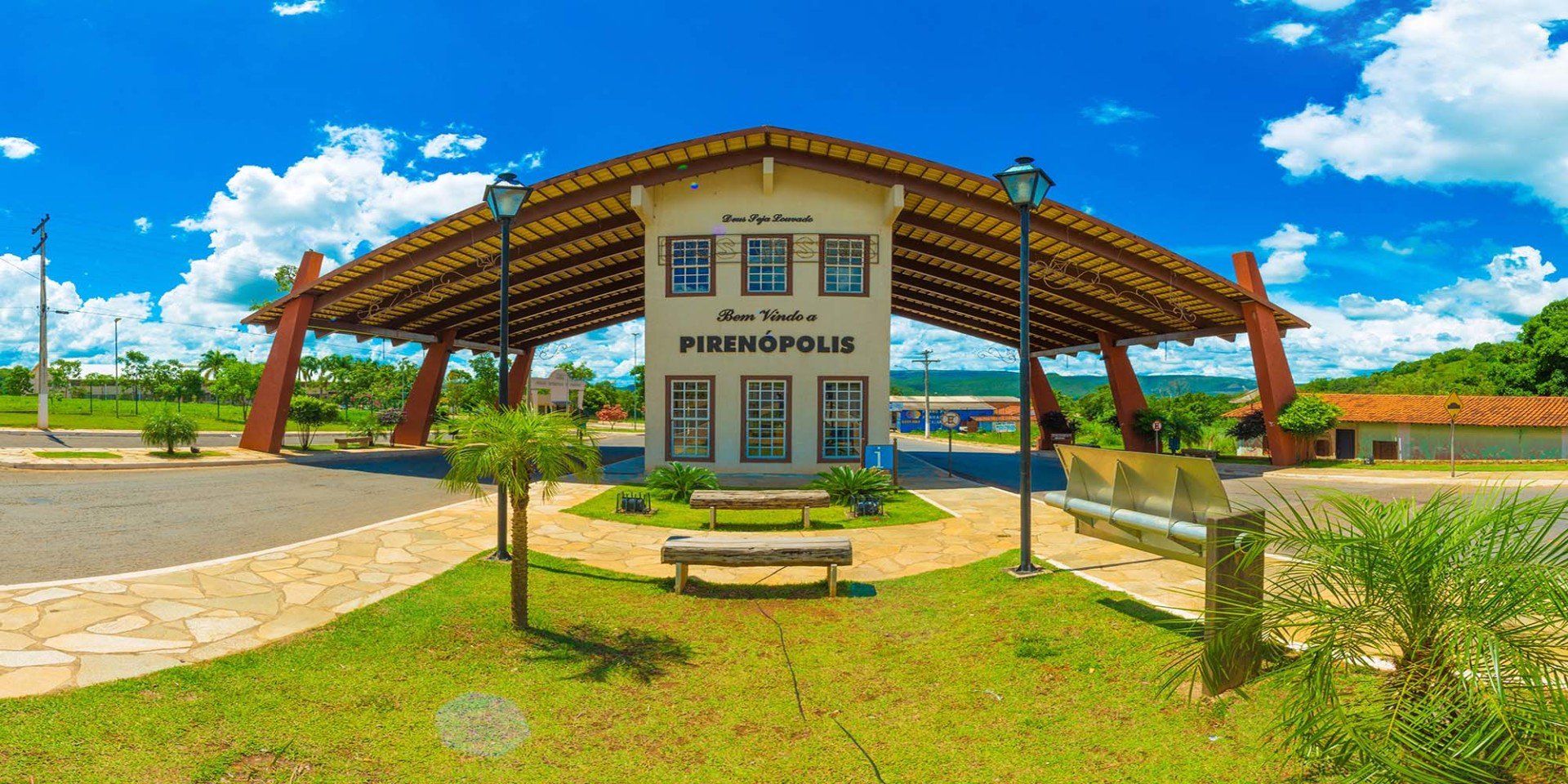
He was in Slide
Seja bem vindo a Pirenópolis
Button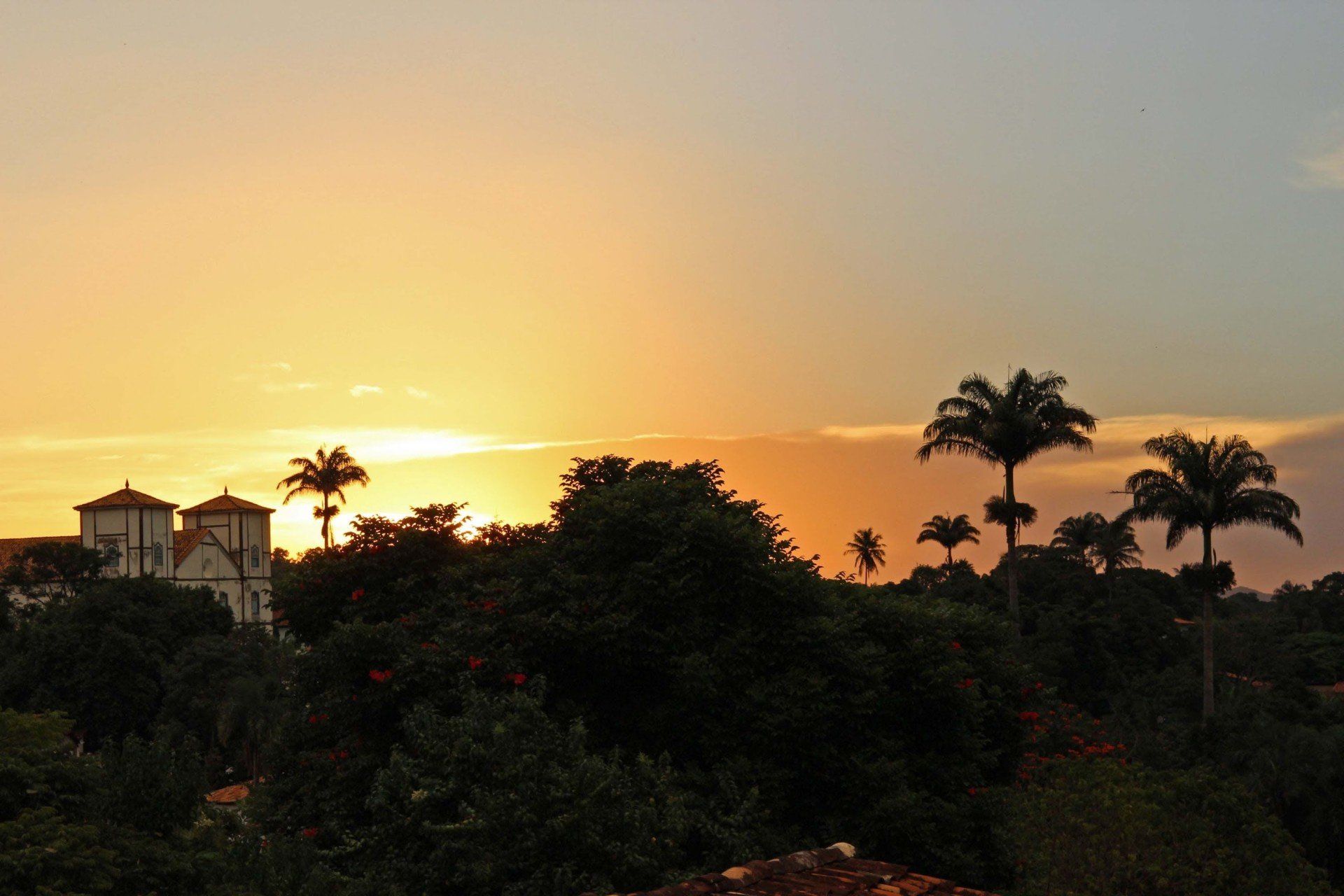
He was in Slide
Uma cidade inesquecível
Button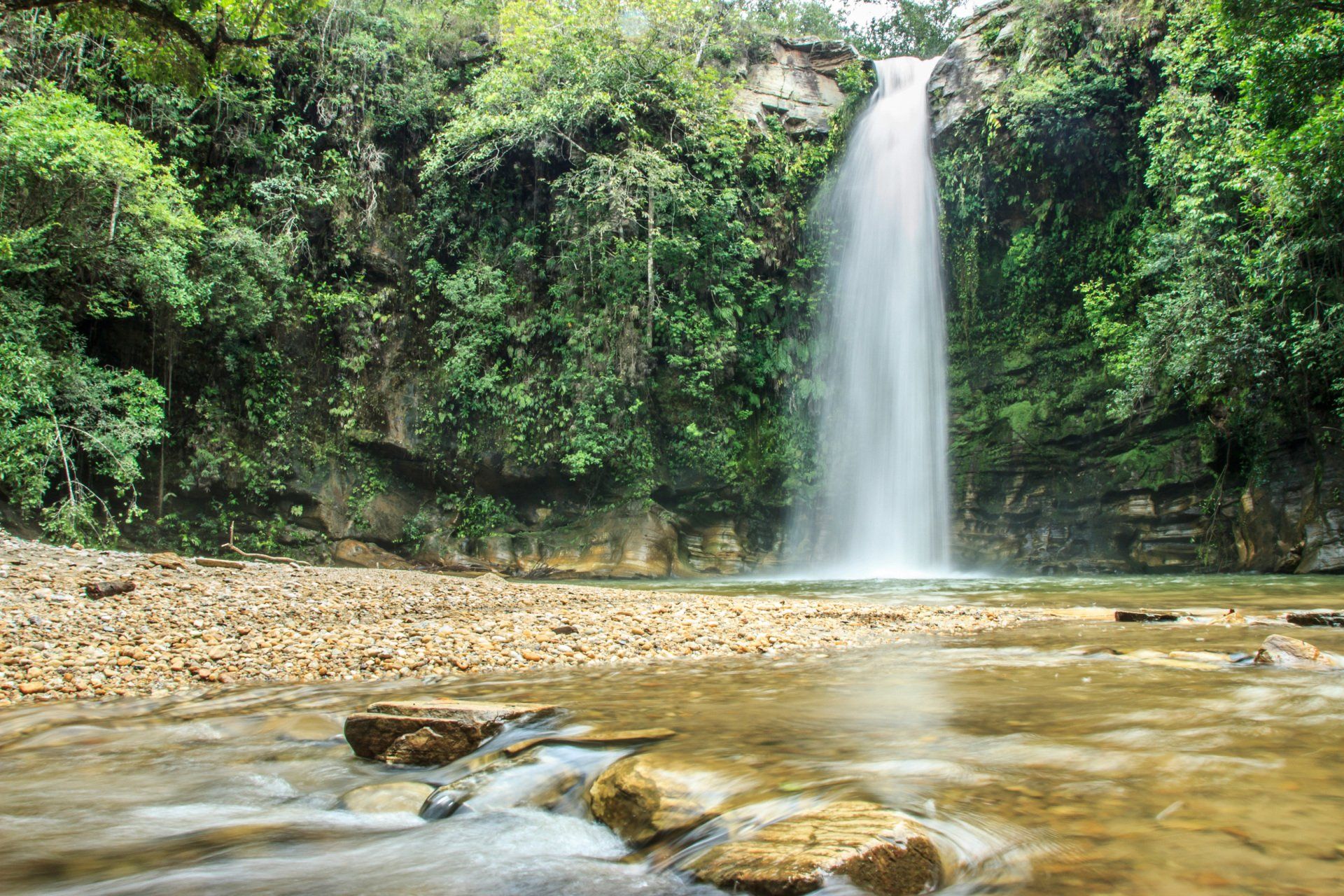
He was in Slide
Cachoeiras exuberantes
Button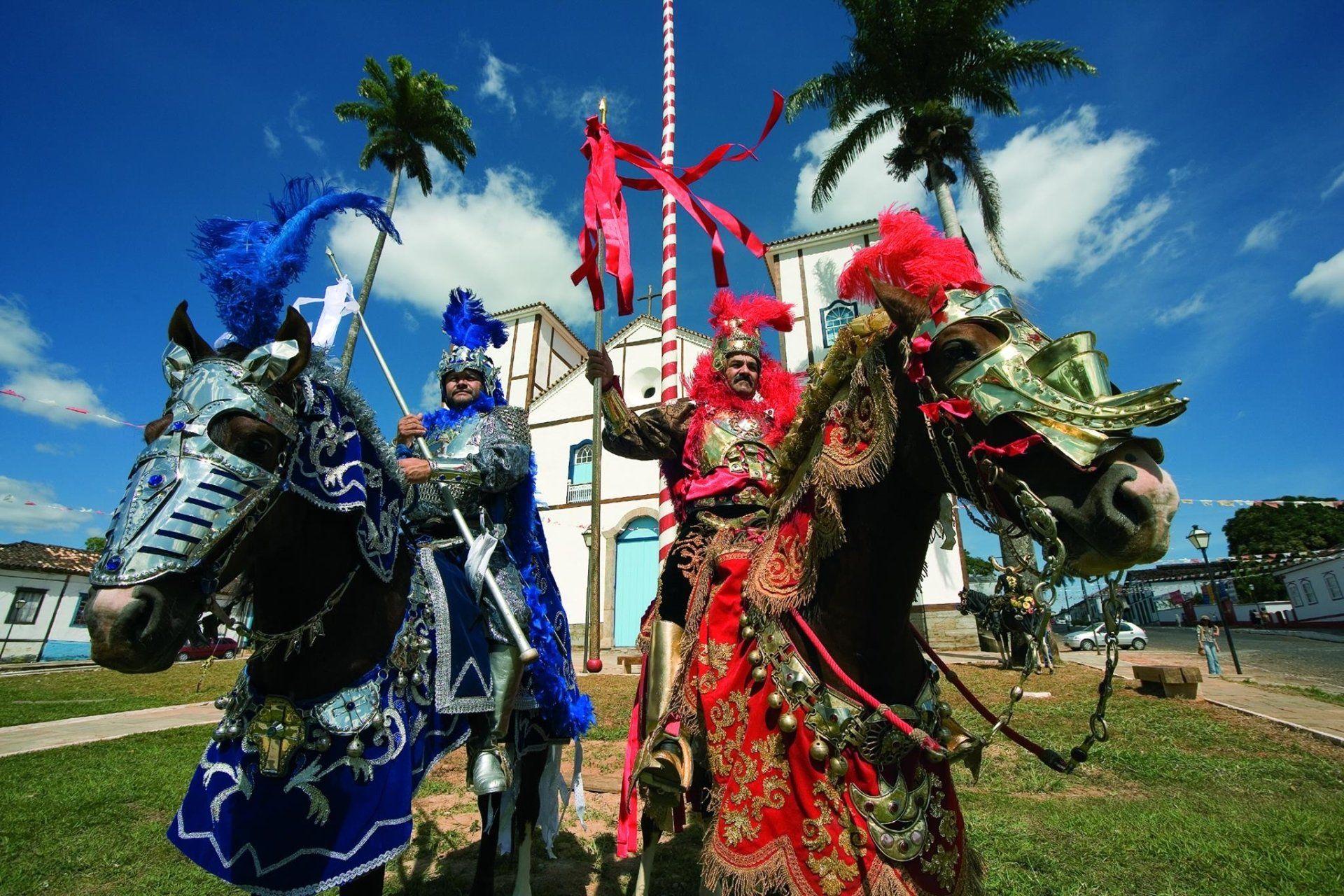
He was in Slide
Cavalhadas de Pirenópolis, 200 anos de tradição.
Button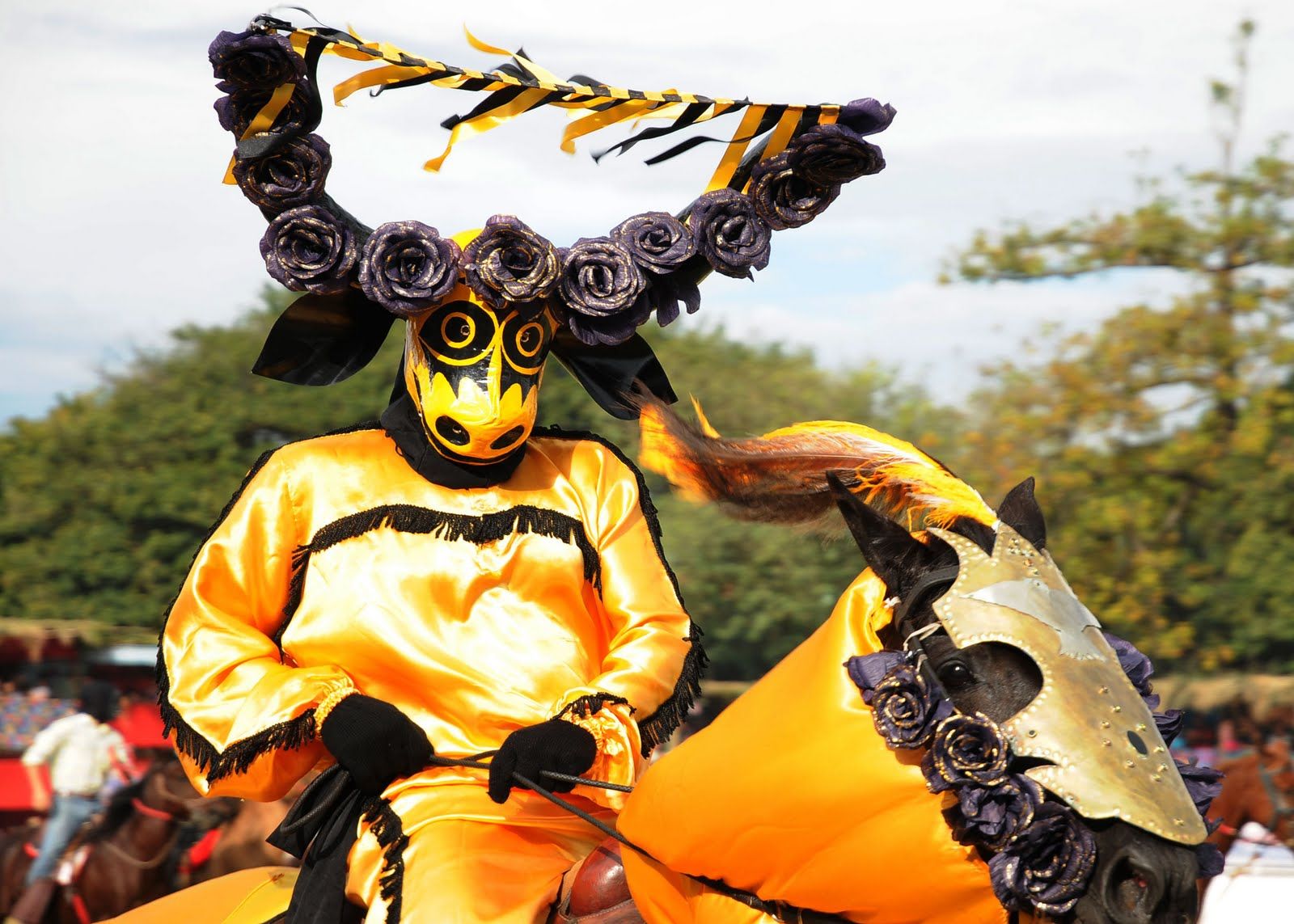
He was in Slide
Tradição, cultura e muita história
Button
He was in Slide
Igreja Matriz
Button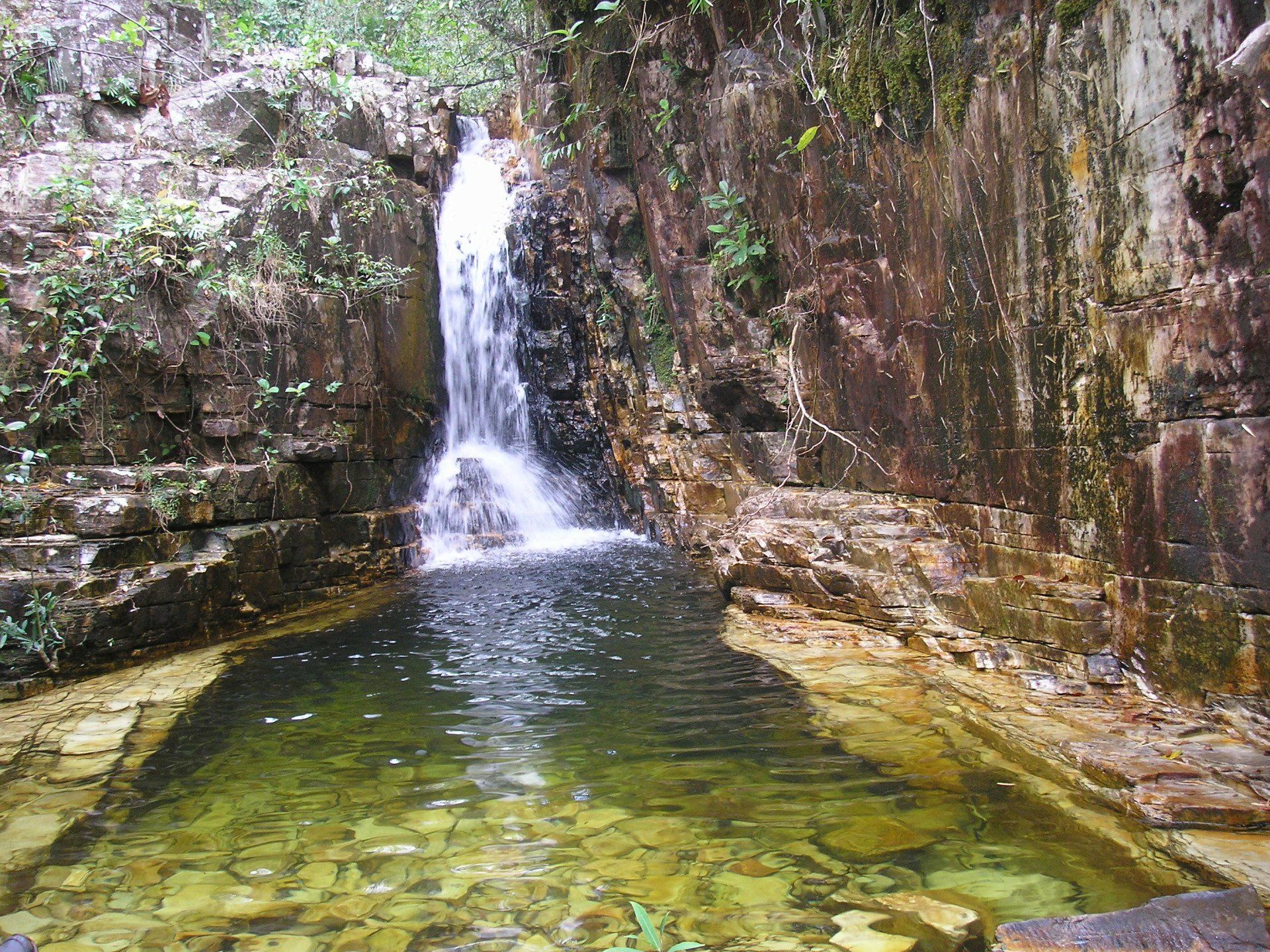
He was in Slide
Natureza e boas energias
Button
He was in Slide
História representada em sua arquitetura colonial
Button
CONTACT
Thank you for contacting us. Our Central Reservations will reply you soon.
Sorry, there was an error sending the message. Please try again later
ACCOMODATIONS
CONTACTS
-
Estrada do Bonsucesso, Km 1,5, Zona Rural, Caixa Postal 41, Pirenópolis, Goiás 72980-000, Brasil Estrada do Bonsucesso, Km 1,5, Zona Rural, Caixa Postal 41, Pirenópolis, Goiás 72980-000, Brasil
-
Reservas (62) 3331-1570 Reservas (62) 3331-1570
-
Reservas (62) 3331-1931 Reservas (62) 3331-1931
-
Reservas (62) 9-8471-1570 Reservas (62) 9-8471-1570
-
Reservas (62) 9-9979-2178 Reservas (62) 9-9979-2178
-
reservas@cavaleirodospireneus.com.br reservas@cavaleirodospireneus.com.br
-
CNPJ: 05.898.322/0001-13 CNPJ: 05.898.322/0001-13
-
CADASTUR: 09.021432.20.0001-8 CADASTUR: 09.021432.20.0001-8












